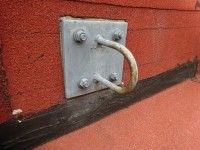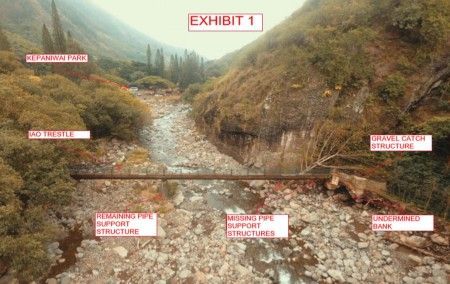The Cold and Snow is on its Way – Is Your Roof Ready?
According to the Farmer’s Almanac , Winter 2015-2016 is going to be cold and snowy in the Midwest.
Ok, so that news isn’t really much of a surprise. The point here is that you really don’t want to discover that your roof needs repair or replacement when you’re buried under six or more inches of snow and ice and see the telltale signs of ceiling damage. Now, imagine that snow and ice melting in a mid-season thaw and what was once a concern has quickly become an emergency for you and your tenants.
Fall is the perfect time to have your roof inspected. The stresses of torrential rain and extreme heat are pretty much over for the season, and potential problems or issues with your roof can easily be identified and addressed. Here are some tips regarding roof inspections:
- Use an independent roof consultant and not a licensed roofer. Why? Because an independent consultant has no skin in the game – it doesn’t matter to them whether the roof needs repair or replacement. A roofer, on the other hand, is looking at a potential opportunity to sell you repair services or a complete replacement roof. This is not to say that every roofer will try to sell you something you don’t need, but why not use a service designed exclusively to provide you with an accurate diagnosis of the state of your roof?
- Most roof warranties require periodic inspections and maintenance to remain valid . Most building owners think that the 20-50 year manufacturer’s warranty on their existing roof will cover them should roof leakage or damage occur. This is not the case. In reality, most manufacturer’s warranties only cover damage relating to defects in the roofing materials used – and these can only be enforced if the building owner can prove regular, periodic roof maintenance. Ideally, roof inspection and maintenance should be performed twice yearly.
- Skylights can be particularly problematic if not installed properly and inspected regularly . While skylights can greatly enhance the look and feel of a building’s interior, they also offer significant opportunities for water intrusion. It is essential that the flashing surrounding skylights be installed properly. If not, water will find its way into the building where it likely won’t be discovered until significant ceiling and wall damage has already occurred. Regular inspection of your roof and skylights will quickly identify worn or damaged flashing for repair or replacement before the snow hits. NOTE: If you plan on replacing your roof, don’t make costly investments in skylight repairs prior to installation, as all skylight flashing will need to be reinstalled to sit properly on the new roof.
Be sure your roof is ready to handle the snow that’s coming this Winter. The architects, engineers and roof consultants at K2N Crest offer professional architectural and structural design and evaluation services to building owners and managers throughout Illinois and Hawaii. www.k2n.com


